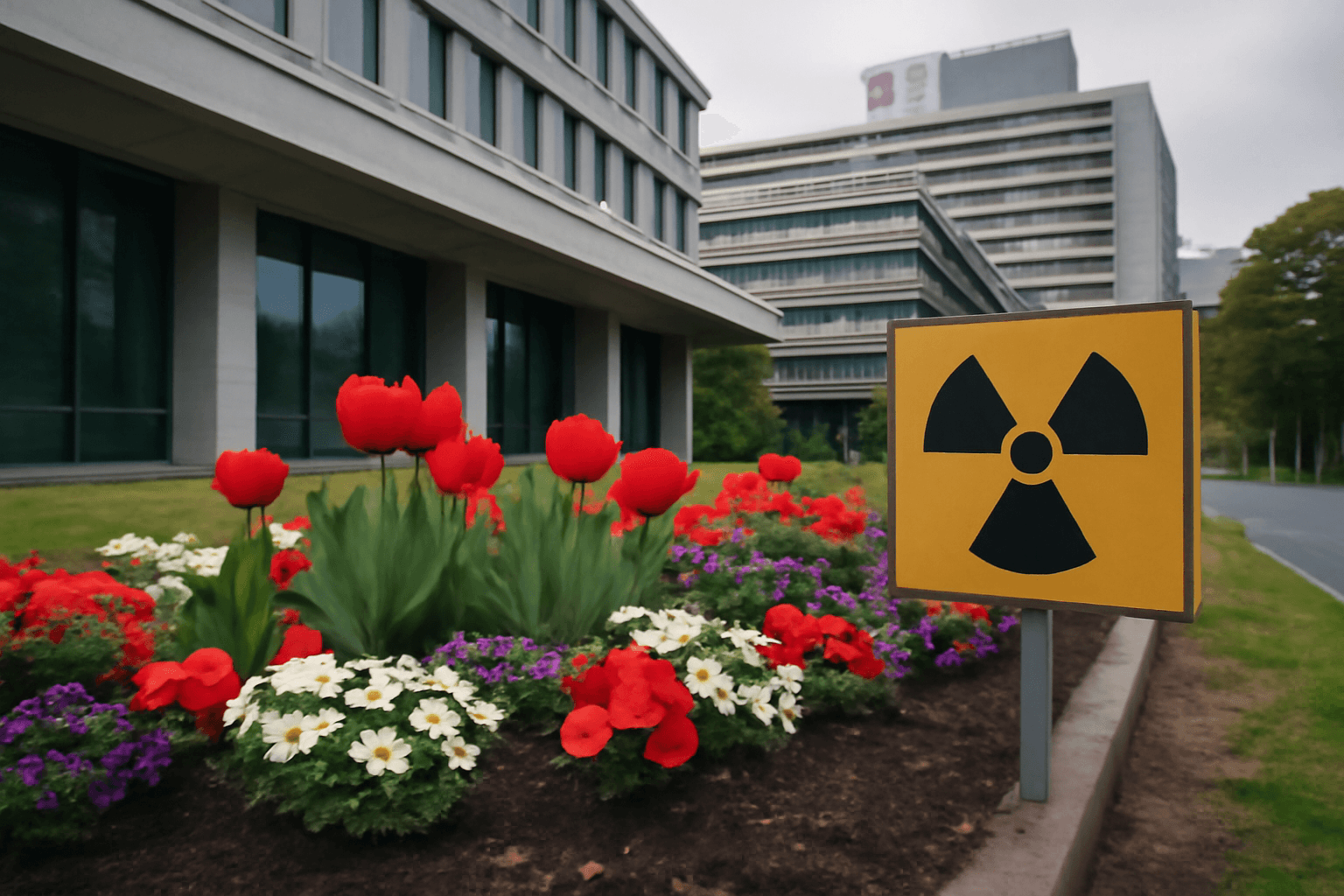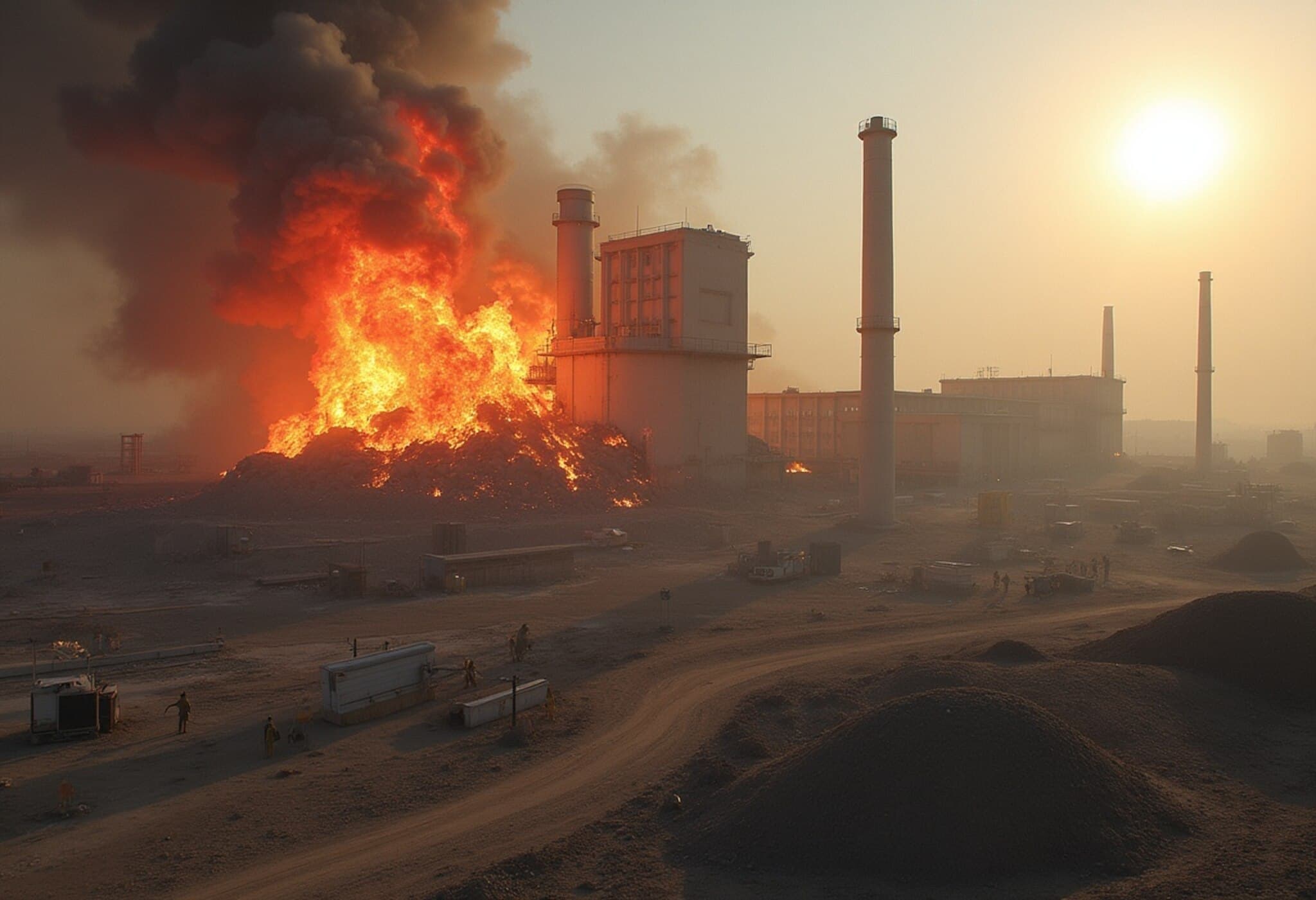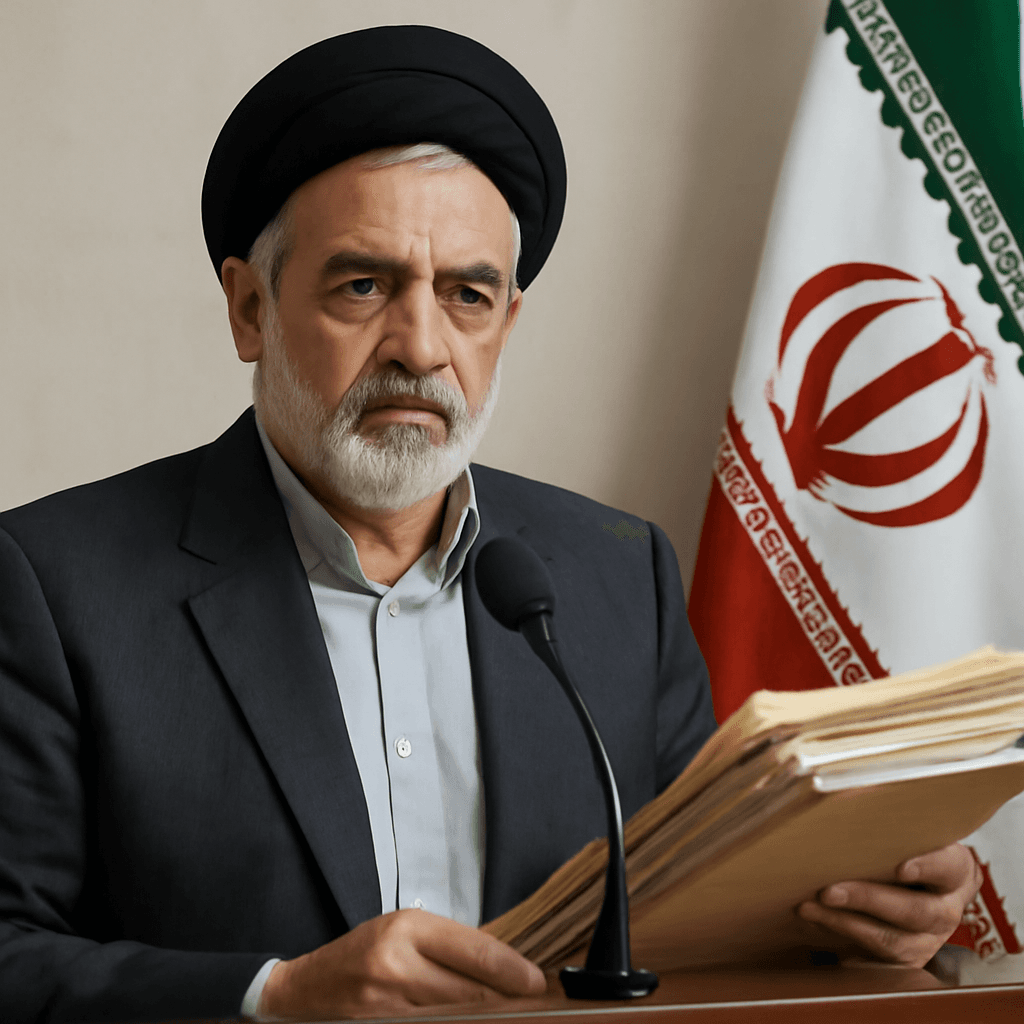Tokyo: Japan announced plans to reuse slightly radioactive soil removed from Fukushima's decontamination efforts after the 2011 nuclear disaster, utilizing it in flower beds at Prime Minister Shigeru Ishiba's office to demonstrate its safety.
The contaminated soil, initially stored near the tsunami-affected Fukushima nuclear plant, has undergone treatment to reach radiation levels deemed safe for reuse by government officials. This initiative aims to reassure the public about the safety of repurposing soil previously contaminated by radioactive materials released during the disaster.
The government intends to incorporate the soil within the premises of various government agencies, following the Environment Ministry's guidelines issued in March and endorsed by the International Atomic Energy Agency (IAEA). A detailed project timeline and further logistics are expected to be formalized by summer.
Since the 2011 disaster, vast quantities of soil, tree debris, and other materials have been collected in ongoing decontamination efforts, resulting in approximately 14 million cubic meters of stored soil—equivalent to the volume of 11 baseball stadiums—at an outdoor facility near the Fukushima plant. Importantly, this stock does not include soil from inside the plant itself.
The government has committed to identifying disposal sites outside Fukushima Prefecture by 2045, proposing that low-risk soil materials be used for infrastructure projects nationwide, such as road construction. Chief Cabinet Secretary Yoshimasa Hayashi emphasized the importance of a government-wide campaign to build public trust, starting with the Prime Minister's Office setting a positive example.
The Environment Ministry assured that soil used as foundational material will be safely covered with sufficient topsoil to keep radiation exposure negligible. However, public concerns remain, as earlier proposals to use the soil in public parks around Tokyo were halted following protests.
The IAEA continues to support the Fukushima decommissioning efforts, which involve the challenging task of removing over 880 tons of melted nuclear fuel debris. Additionally, in 2023, Japan began releasing treated radioactive wastewater into the ocean to mitigate leakage risks and facilitate storage space for fuel removal operations.



















